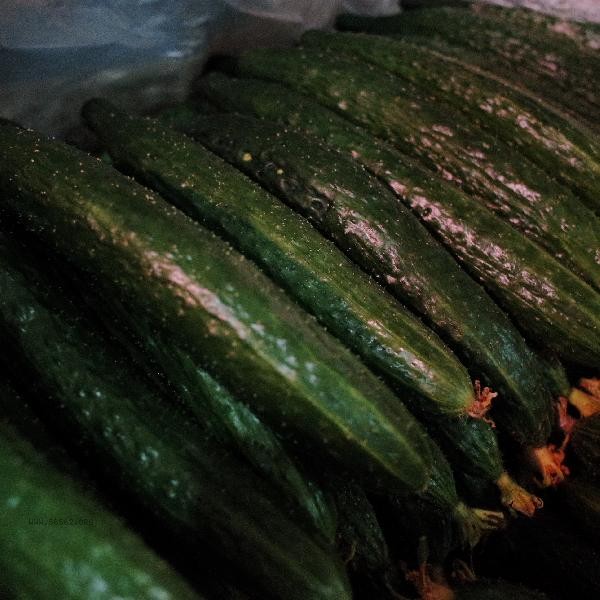It is generally recommended to use hot water for blanching vegetables, and some hard textured root vegetables can be treated with cold water first. Hot water blanching can quickly inactivate oxidase and reduce nutrient loss, while cold water treatment is suitable for ingredients that require slow heating.

When blanching vegetables in hot water, the water temperature should be kept boiling. Leafy vegetables can be removed within 10-30 seconds after being placed, which can better preserve vitamin C and chlorophyll. Blanching cruciferous vegetables such as broccoli for about 1 minute can remove oxalic acid without excessive softening. Adding a small amount of salt or cooking oil to water can help maintain the vibrant color of vegetables. Attention should be paid to the fact that immediately rinsing with cold water after blanching can damage cell structure. It is recommended to let it cool naturally.

Cold water treatment is suitable for root and stem ingredients such as potatoes and carrots, and is slowly heated in a pot with cold water. When the water temperature rises to around 60 degrees, polyphenol oxidase in starchy vegetables begins to deactivate, which can prevent browning while maintaining a crisp taste. Blanching vegetables such as taro that contain mucin protein in cold water can reduce skin damage. But the cold water treatment time is longer, and the loss of B vitamins dissolution is relatively higher.

Regardless of the method used, the blanching time should not exceed 80% of the cooking time of the ingredients, and retaining a suitable crispness is more conducive to nutrient absorption. If blanched vegetables need to be refrigerated, they should be drained of water and sealed off from the air with plastic wrap. Special populations such as kidney disease patients can increase water intake and further reduce potassium content when blanching vegetables. It is recommended to mix with olive oil or vinegar for daily consumption to improve the utilization rate of fat soluble vitamins.








Comments (0)
Leave a Comment
No comments yet
Be the first to share your thoughts!